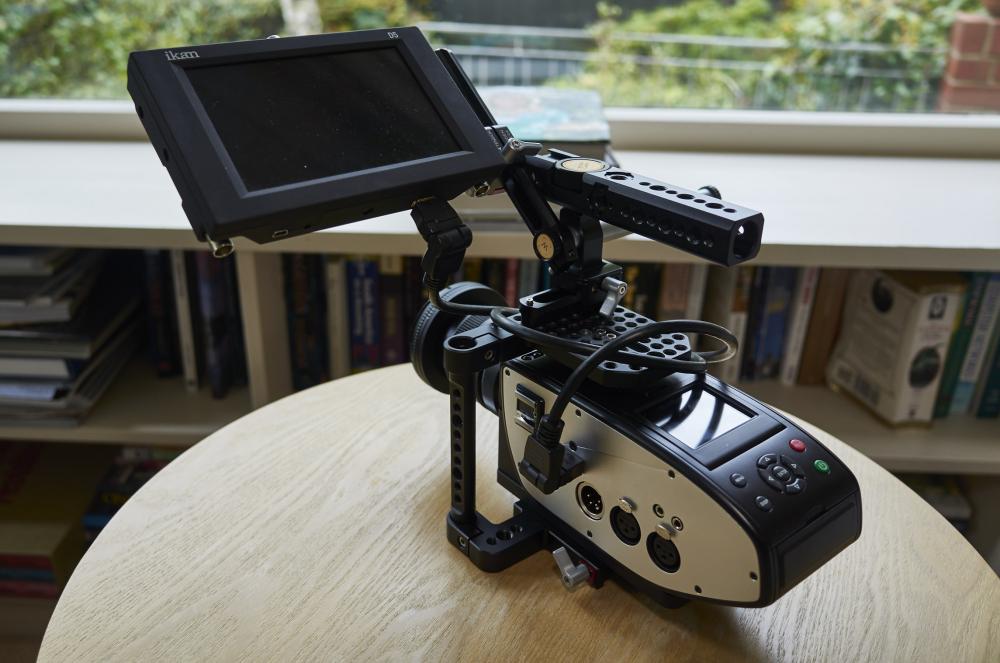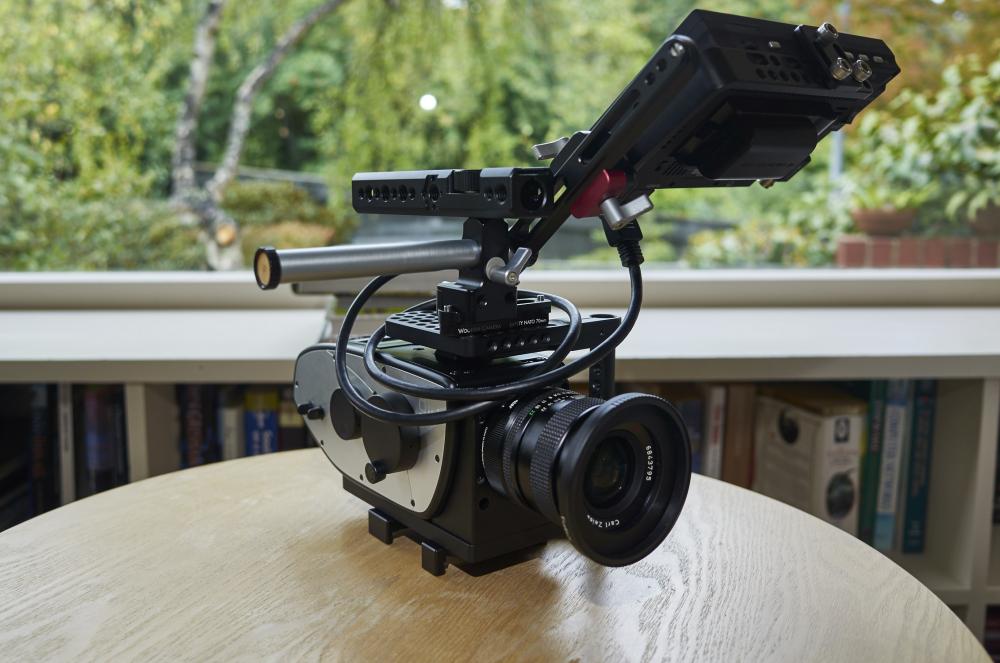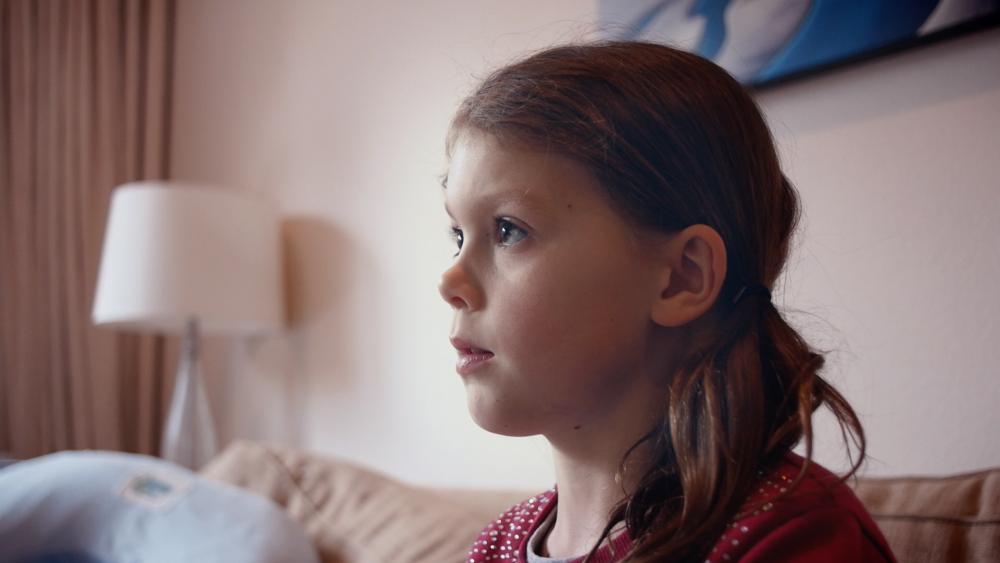
mat33
Members-
Posts
231 -
Joined
-
Last visited
Content Type
Profiles
Forums
Articles
Everything posted by mat33
-
Carmeras and Gear for Independent Narrative Work only!
mat33 replied to August McCue's topic in Cameras
Th There certainly is something magic about CCD sensors... Ikonoskop, D16, F35, Leica M8/M9 all have some special mojo (micro contrast, tonality) that make for such a nice image. -
Carmeras and Gear for Independent Narrative Work only!
mat33 replied to August McCue's topic in Cameras
For narrative under 4-5K, don't forget the digital bolex. It produces some of the most amazing skin tones and colours, with global shutter to boot. -
I fully agree. The GR/GRII (the only real difference between the two is wifi) are awesome. It can actually fit in jeans pockets and shooting with it is a pleasure, which is something difficult to say with most small pocket cams. The snap focus feature is great -I find it really useful in low light, where even the best AF starts to struggle. Its a really well rounded cam.
-
Don't forget the Ricoh GR or GRII -APS-C sensor, great 28mm f2.8 lens and the best shooting experience/ergonomics on a true pocketable camera imho.
-
hybrid camera. bolex+1, pocket+1, 5dIII, 6d, a6000+1,g7? Help
mat33 replied to tomastancredi's topic in Cameras
If you are only looking at one camera for stills/video then you will have to make a number of compromises so its a matter of you weighing up your priorities and must-have's. But if you want great colour, skin tones etc and are happy to work around minor quirks then I would go for the digital bolex, and get something else for stills. Thats what I did and no regrets so far, I usually take my Ricoh GR along for stills. -
I'm looking at getting a lighting kit together and want to invest in a kit that will last me a while. So far I've been using natural light, with reflectors and diffusion. I also have a Fiilex P100 which has a nice light but could be a bit brighter. I am looking at getting something that can be run off batteries to use anywhere and to minimise set-up time/cords etc. What would you recommend if you could build a kit from scratch -the aperture lightstorm LS1c and scorpion lights which have been mentioned, look pretty good but are there any other recommendations? The stronger Fiilex like the P360EX look nice, but are $$$ for the output you get.
-
The main issue is file size as Mattias mentioned, although there is a 1TB option available if you shoot longer events etc and can't stop to offload. If you are out all day, then you would want an external battery system as the internal battery lasts ~4hrs. Also there is only a 'raw view' for assessing exposure in-cam, so there is a bit of a different workflow if you are used to mirrorless/dSLR cameras. Here is an interview with Jesse Borkowski about why he used the ikonoskop A-cam dii, which has pretty similar image/workflow, for his doc. http://www.rawcinemashop.com/stories/2014/2/12/real-value-interview-with-jesse-borkowski
-
The D16 has a slightly larger sensor than the Ikonoskop, but is from the same sensor series so should be able to produce a pretty similar image. It did take Ikonoskop a couple of years to get their colour science right, but it produces an amazing image. My m4/3 D16 just arrived the other day, and its build quality is very solid -much better feel than a prosumer mirrorless/dSLR. It ideally needs an external EVF/monitor as the on-board is really designed for menus/framing.
-
Time to step up - Panasonic GH5 must go 6K Super 35mm to compete in 2016
mat33 replied to Andrew - EOSHD's topic in Cameras
I must admit I still don't get all of this m4/3 crop factor and the GH4 is being left behind stuff. In my mind crop factor comes down to what lenses you want to use. If you try to slap on lenses designed for full frame then yes it can be an issue, but if you use lenses designed for the sensor size then the problem largely goes away. Yes its a different aesthetic than s35 or full frame, but that isn't a bad thing unless you are trying to make it something it isn't. 2 months ago Andrew was saying: "Now you can say noise in this case is a weakness, a smaller Super 16mm sensor is a weakness. Nope. I don’t think in terms of crop factor with Super 16mm, I think in terms of several decades of beautiful lenses. A crop factor for me is a negative when you crop into a lens not designed for the sensor size you’re using. With Super 16mm lenses there’s no crop, you keep the overall rendering – and on some of these vintage lenses it knocks the socks off many of the newer more clinical high spec full frame lenses* Doesn't this apply to m4/3 as well?? -
Is Panasonic really playing catchup? I know the sensor is smaller but this seems to be more of an issue if you don't have the right lenses. I mean we don't write-off super16 or the digital bolex because of sensor size. Isn't the GH4 the only 'consumer' camera that can offer a true log profile 10bit 4:2:2 output? If you add the $295 ninja star you get a pretty small 1080P downscaled from 4K 10bit 4:2:2 prores package for v-log.
-
Hi, As you know, olympus recently released firmware 4.0 for the E-M1, which added a number of video features including 24/25p. Despite the E-M1 being a bit soft resolution wise compared to current 4K cameras, I still enjoy using it as I love the IBIS and the ergonomics, and I find the olympus colours to be quite pleasing. I have noticed that with 25p that the image is not muddy on more complex scenes, which was my main issue with the E-M1, and was wondering if anyone else has noted an improvement IQ wise? Cheers
-
first quick attempt internal 8-bit v-log-l in available light, using Koji Arri log-c 2823 LUT https://vimeo.com/145764449
-
One nice thing about this LUT is it is modelled to emulate c-log so you have a defined starting point to work from. Some of the other REC709 to Log LUTS just seem to produce a generic super flat image, which does't seem to be based on anything in particular. Andrew, can you describe what process you used to create the LUT? was it using 3D LUT creator? I assume it is based from the 1DC version of c-log?
-
Have been playing around but here is EosHD cinema profile 1080p > EosHD Log LUT > Captain Hook BMC LUT + some tweaks in FCPX.
-
While it's tempting to try to save on the nd filter, it's not worth it in the long run and you'll just end buying something better eventually. You have a very nice lens and it would be shame to contaminate the light going into it by passing it through some low quality glass first. I do run and gun, and ended up using Hoya ProNDs with Xume magnetic filter adapters. It takes only seconds to change your ND on the go, and you will really notice the difference compared to a cheap variND.
-
Olympus E-M5 Mark II - love and hate at first sight
mat33 replied to Andrew - EOSHD's topic in Cameras
The problem with internet examples is that for many consumer cameras, the initial examples posted are all from still photographers (even from the 'expert' review sites, this site notwithstanding :-)) who, by their own admission know little about video. They often just shoot on automatic mode and let the lenses stop right down, use some crappy variable ND, or turn sharpness down in cam (because thats what you are supposed to do) but then don't add any sharpness back in post. This may be one reason some E-M5ii films look ok and some pretty average. I think it is not wise to make a firm conclusion from these initial postings until someone with video experience spends some time with the camera and learns its quirks, strengths and weaknesses. Patience is a virtue, and that is especially the case when making a definitive conclusion about a new camera. -
Olympus E-M5 Mark II - love and hate at first sight
mat33 replied to Andrew - EOSHD's topic in Cameras
I disagree with this as well. I think many people new to shooting video buy these cameras because they are seeking a 'cinematic' look. Obviously this is a nebulous term but DOF control is a big part of this which is small sensor camcorders are not an option. They want a camera that could allow them to create a pro-quality film, even if that film is about their kids or a family vacation. They watch vimeo staff picks and think, if only I had that camera I could make a film just like that. They then look at professional review sites, and dream for a moment about owning a C100/300 or 1DC or a FS7 before reality sets in (mainly $$$ and size/weight) and they accept a small, prosumer ILC is the way to go, and they are happy as after all some vimeo staff picks are filmed on a GH4 or A7s. They then get their GH4/A7s and while the image is great, their film isn't like the staff picks they were watching. As they chase around their kids, or when on holiday try to shoot artistic shots while keeping up with their family, their handheld image is shaky with rolling shutter and just doesn't look as good as they hoped. With time they then realise how much skill and time goes into shooting those staff picks, and how the camera is the smallest part of the equation -how lighting, composition, audio, editing, colour grading and stable camera movement are just if not more important. This is why I think the E-M5ii is a good choice for the average consumer. I think for the run and gun, uncontrolled event style shooting that they do when out with their family, having a stable image and the ability to add cinematic style camera movement with no rigging or set-up time adds more to the quality of their film than higher resolution. But hey its just my opinion, everyone can make their own decision. -
Olympus E-M5 Mark II - love and hate at first sight
mat33 replied to Andrew - EOSHD's topic in Cameras
I agree and I can't really fathom why some are saying the E-M5ii is a disaster (and some with such passion). I mean 1 year ago when the E-M1 was released, it received comments like: "Whether you’re a professional commercial shooter, single operator film artist or an enthusiastic amateur, the E-M1 is worth considering purely because of that stabiliser, small form factor and lovely EVF." "As for more casual users, you can do point and shoot video with the E-M1 better than most of the competition as well – again due to the stabilisation system." "The main reason this camera is so useful for video is that it’s the only interchangeable lens camera I’d consider for handheld shooting with zero rigging, completely bare-bones as if shooting stills." "The big surprise is just how similar video quality is on the E-M1 and GH3. They both resolve very good levels of detail (as long as you don’t turn digital sharpening off in camera and forget to apply it in post)" And this was on a camera that is 30p only, with 24MBit codec, no live audio-levels, and no ability to change settings when recording at all. Now I understand that times have changed and we now have the GH4, A7s and NX1 to consider but none of these have anything close to the stabilisation of the E-M1/E-M5ii, which is the reason to choose Olympus. Now I am disappointed that image quality isn't better, as it really should be for 2015, but Olympus has improved numerous other aspects and hopefully will roll out some further updates to improve the quirks now that video is actually a feature they are promoting. Anyway, there is no right or wrong and no camera is perfect, so we must each decide what features are a priority to you and your shooting style. I understand and respect those who choose maximal image quality but also understand and respect those who are prepared to accept 'good enough' IQ for the freedom of in-body stabilisation..




